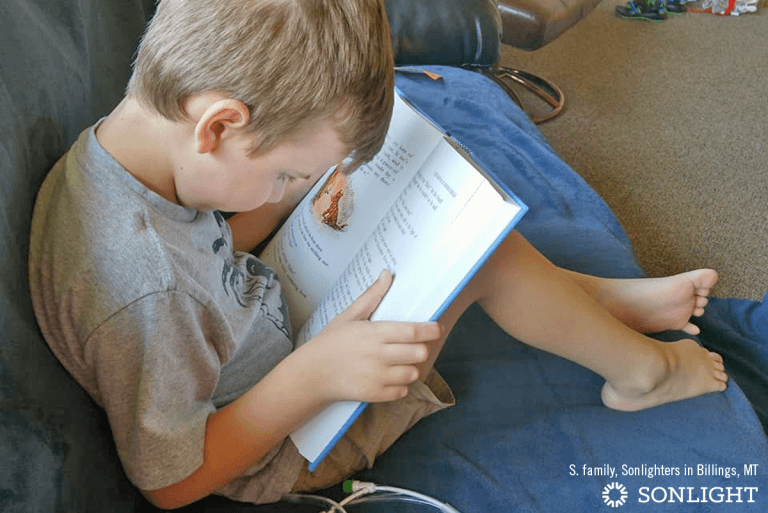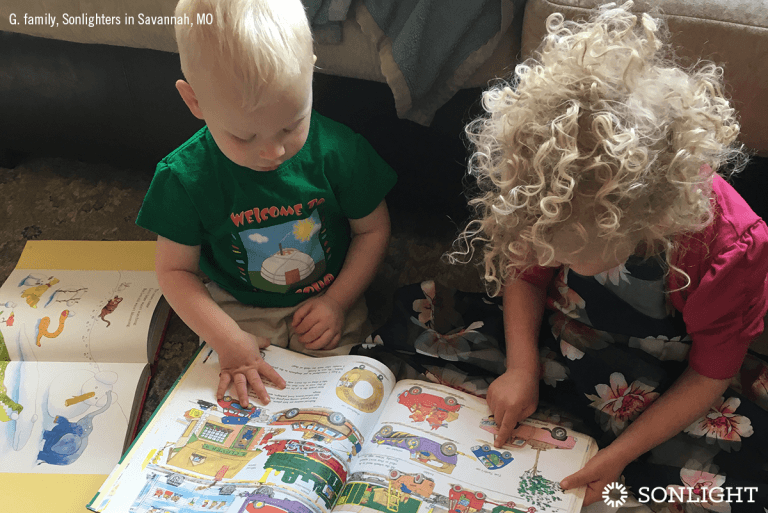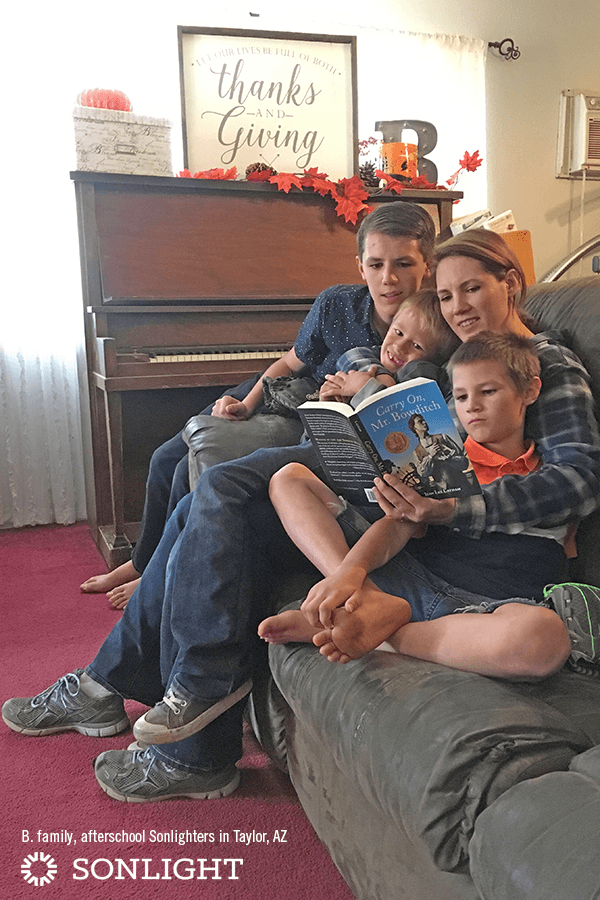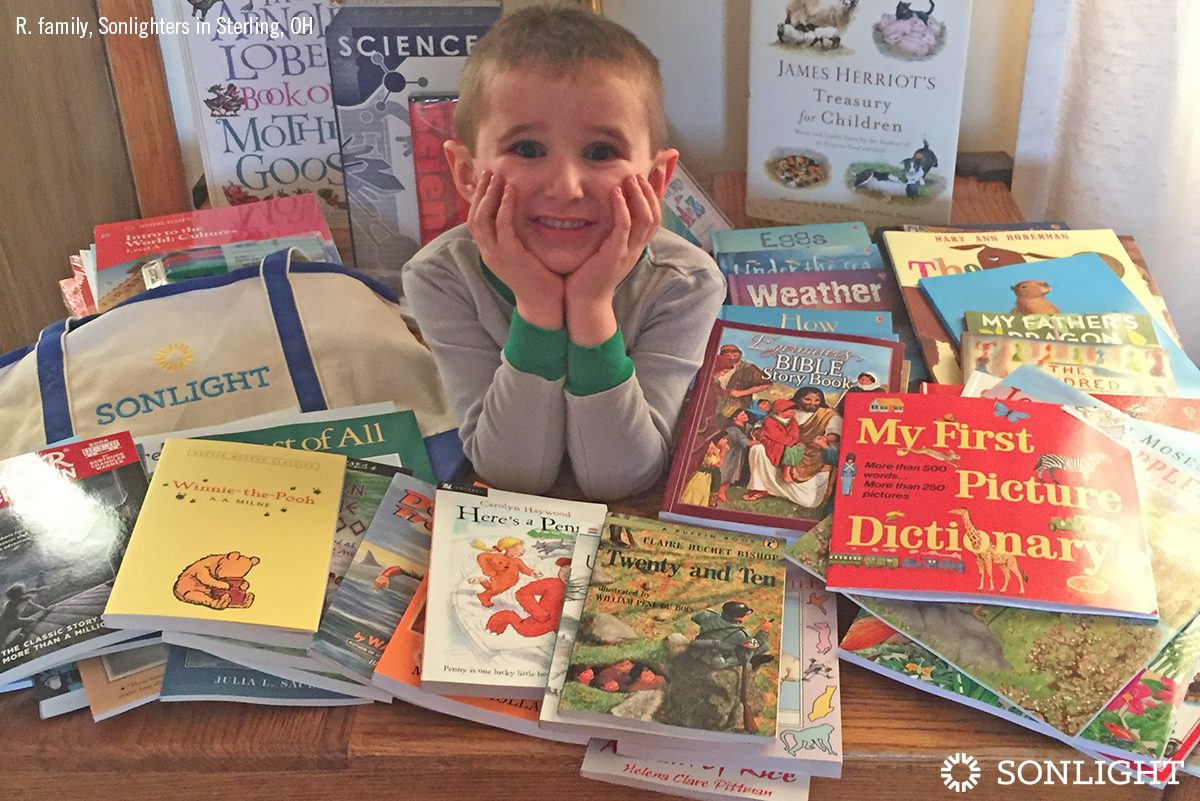
Do your kids talk a lot? Mine too! On more than one occasion I have prayed for an off button. I have one who can go on endlessly about Greek mythology and another who could set fire to my ears with his talk of cars. Another is a storyteller, and the baby, well let’s just say he’s perfected the pterodactyl scream for attention.
They come by it honestly. The whole family is full of big talkers—myself included. The house is never quiet. Any moment of silence, no matter how short, is cause for celebration!
Fortunately, all that time we spend listening to our kids is worth it! Language is more than just a way to communicate; it is how we think. Working together, we share ideas through speaking. Even as we complete independent tasks, there is an internal dialogue.
How Talking is Learning
As homeschoolers, we have an awesome opportunity to harness the power of talk to enhance our children’s education. We aren’t in a classroom where children are constantly being shushed. Thus we don’t have to do the majority of the talking or limit ourselves to yes and no questions. Instead we can help our children move beyond just hearing words to using them.
Homeschooling is an opportunity to immerse our children in active conversation and debate. We can help them
- develop ownership over discipline-specific vocabulary, grammar and punctuation
- learn to apply rhetorical conventions and devices that are typical for a content area
- move beyond basic listening comprehension to discernment and reflection
We do this by engaging our kids in discussions where they are using academic language, asking questions, and safely voicing skepticism. When a student uses academic language as their own and pairs it with their unique perspective and expression, they are truly learning.
1. Encourage the Use of Discipline or Content Specific Language
When discussing a topic, use the appropriate language and pronounce it correctly. Model this yourself by looking up the appropriate pronunciation of a name or place when necessary! I look up the name of a Greek god or goddess at least twice a week. It’s worth it to have my kids feel secure in using the language. If this is a real struggle, as it is for me with names of the Greek deities, audio books can be a game changer!
2. Request Narration
Rather than asking questions that can be answered with incomplete sentences, ask for a synopsis that requires more elaborate narration:
- What do you remember about Isaac Newton?
- Describe how water gets to the faucet in our home.
This kind of talk encourages our kids to take ownership of content-specific words. Based on what they say, we know if they are grasping the material or not. Your Sonlight Instructor's Guides offer discussion starters for talking about the books that are scheduled each week.

3. Encourage Two-way Discussion
Share your own thoughts and experiences on a subject with your kids. Ask for theirs. Find out how they feel about a topic, not just what they know.
Encouraging kids to express themselves about topics they feel strongly about can spur incredible (and at times heated ) conversations. These are fabulous learning opportunities!
4. Seek Conversations with Experts and Hobbyists
Giving our kids a chance to talk with experts and hobbyists can help cement the correct usage of words. A twenty minute conversation with a dairy farmer talking about mastitis is probably one of the most beneficial talks my kids have ever experienced. They got to listen to the issue, hear the farmer’s words, and ask questions using their newly gained terminology. The conversation offered proper pronunciation and context, but also gave the kids a chance to really recognize the usefulness of their new words.
Having four children learning out loud in my home has certainly taught me the value of silence. Yet, I also recognize that all their talking is helping them move beyond language comprehension into developing thinking. For that I’m eternally grateful.
Get our free guide A Beginner’s Blueprint to Language Arts: The No-stress Guide to Teaching Language Arts with Purpose. Download it here at no cost.























